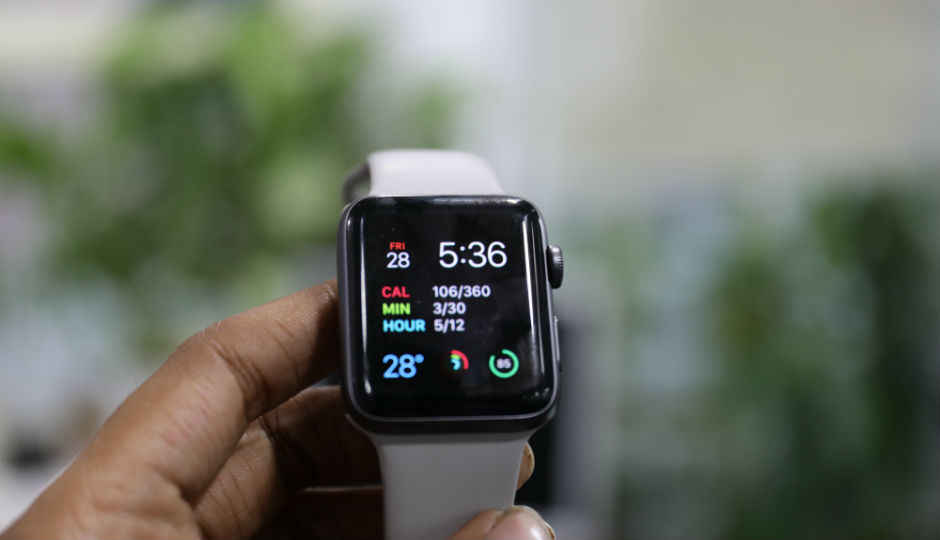Fitbit, Xiaomi lead while Apple struggles in wearables space: IDC
Apple saw a year over year decline of 71 percent in terms of market share

The overall wearables market registered a surprise growth of 3.1 percent year over year in the third quarter of 2016. The sales uptick comes at a time when smartwatch market saw a disappointing decline of 51.6 percent.
 Survey
SurveyAccording to IDC, the total wearables shipments reached 23 million in the third quarter with basic wearables accounting for 85 percent of the market. The launch of newer models saw increase in sales and also helped expand user base. IDC says the momentum for basic wearables will continue for rest of the year.
"It's still early days, but we're already seeing a notable shift in the market," said Jitesh Ubrani, senior research analyst – IDC Mobile Device Trackers. "Where smartwatches were once expected to take the lead, basic wearables now reign supreme. Simplicity is a driving factor and this is well reflected in the top vendor list as four out of five offer a simple, dedicated fitness device."
Fitbit continues to be the market leader in the wearables segment with a share of 23 percent. Fitbit shipped 5.3 million units in third quarter thanks to the introduction of refreshed Charge 2 wearable. Fitbit is reportedly planning to acquire Pebble and IDC expects the company to continue leading the pack in the near term.
Xiaomi saw a marginal year over year growth in shipments and gained traction with new Mi Band. Xiaomi's new Mi Band comes with heart rate tracking and comes at a price point lower than the market offering. IDC says "Xiaomi, across all business lines, continues to struggle to gain any significant traction outside its home country of China."
Garmin with its widest portfolio of wearable devices captured the third position. "With the launch of recent products like the fenix Chronos, Garmin has also managed to improve its image as a company with a great fashion sense," notes IDC.
While Fitbit and Xiaomi registered growth, Apple saw a decline of 71 percent in terms of market share. Apple's sales were dragged by the launch of its second-generation smartwatch. IDC says "The primary reasons for the downturn were an aging lineup and an unintuitive user interface." Samsung rounded up the top five list with launch of two new wearables, Gear Fit 2 and the Icon X. Samsung registered a healthy growth of 89.9 percent thanks to bundling of new wearables with its Note 7 smartphone. Although, the Note 7 was recalled due to issues, many consumers were allowed to retain their Fit 2 or Icon X, thereby artificially inflating Samsung's growth
"Smart wearables have been down in recent quarters, but clearly not out," noted Ramon Llamas, research manager for IDC's Wearables team. "As user tastes change, so will their needs. That's the opportunity for smart wearables with multi-functionality and third-party applications, both for consumers and business users. To get there, we need to see more intuitive user interfaces, seamless user experiences, standalone connectivity, and applications that go beyond health and fitness and into personal and professional productivity."